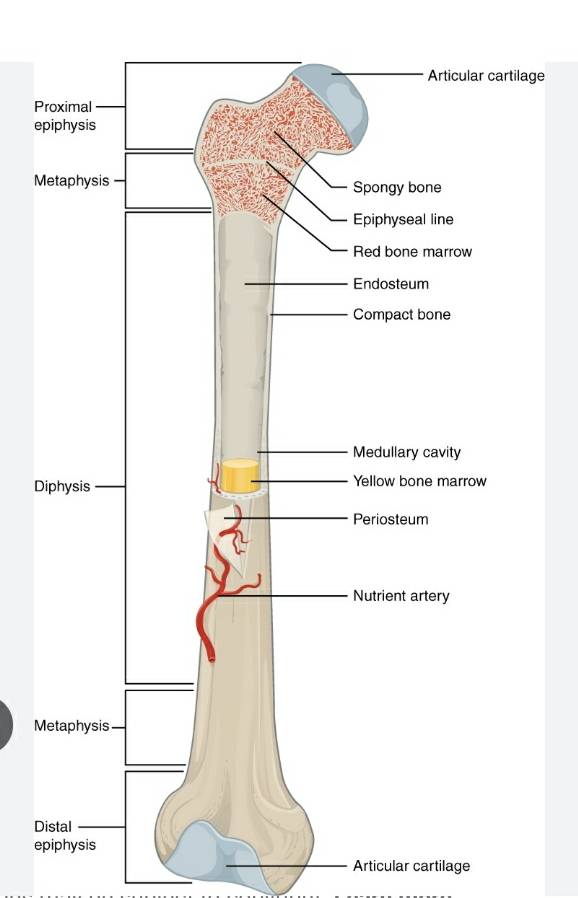Morphology of bone marrow
The main structures that spatially organize the bone marrow are the bone, the vasculature, and a network of reticular stromal cells. The bone completely encloses the bone marrow, defines its boundaries, and projects trabeculae that penetrate into the bone marrow parenchyma. The bone marrow vasculature is composed of rare arterioles that enter through the bone and transform into transitional vessels that give rise to an extremely dense network of fenestrated sinusoids that occupy most of the bone marrow space. The vasculature is tightly associated with a network of perivascular reticular cells that spreads through the bone. Hematopoiesis takes place in the spaces between vessels, bone, and reticular cells. Many other types of stromal (non-hematopoietic) cells are present in the bone marrow including sympathetic nerves, Schwann cells, adipocytes, osteoblasts, osteocytes, osteoblastic precursors, and diverse types of fibroblasts. These cells and structures –in association with different types of hematopoietic cells-cooperate to provide distinct microenvironments that regulate –and regionally organize-hematopoiesis in the bone marrow.
However, Hematopoiesis Haematopoiesis is the formation of blood cellular components. All cellular blood components are derived from haematopoietic stem cells. In a healthy adult human, roughly ten billion to a hundred billion new blood cells are produced per day, in order to maintain steady state levels in the peripheral circulation.
The functions of Bone Marrow:
Bone marrow is important for the body because it produces bone marrow stem cells and blood products. Hematopoiesis is the process by which the bone marrow produces red blood cells, white blood cells, and platelets. It is divided into two varieties, each of which serves a distinct purpose.
The main function of bone marrow is to produce different types of cells that are vital for sustaining. A lot of factors and circumstances can affect the health of the bone marrow and cause damage or impair its ability to produce a normal amount of healthy cells.
The bone marrow also regenerate the immune system in order to fight existing or residual cancers such as leukemia


